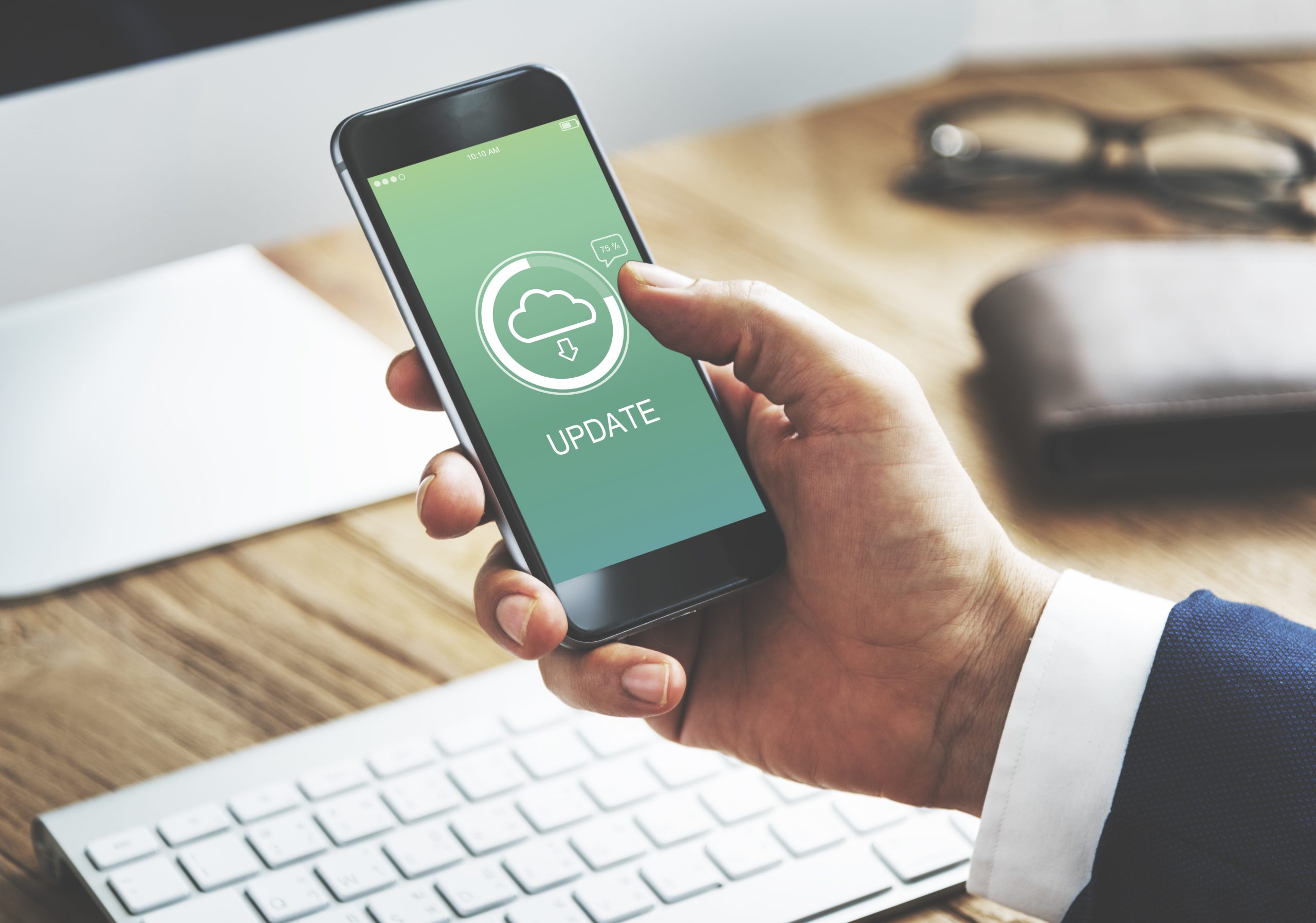
Smartphone apps are practically there for everything you can think of. From instant messaging apps like WhatsApp to e-commerce apps such as Alibaba and Amazon to social network applications like X, you can do anything you want on your phone in just a few seconds.
The best part about smartphone apps is that they’re readily available and can be accessed with a simple tap on your device.
If you’re using an Android device, Google makes all its applications available via the Google Play Store. For iPhone users, Apple makes applications available through the App Store.
However, are all apps safe to download? With so many apps easily accessible, you need to be careful about what you’re downloading. This article explores everything you need to know and how to keep yourself safe when downloading apps.
Downloading any app onto your smartphone requires you to be extra cautious. Some apps may not be what they appear to be. For example, sometimes you may download an app that tricks or asks you to share more information than necessary.
While some app permissions are basic and required for the application to operate, some can compromise the security of your device. Hackers are always looking for easy ways to infiltrate your device, and one avenue they have is through malicious apps.
If you’re unsure of the steps to take when downloading smartphone apps, we got you covered. Here is a rundown of top tips you should keenly follow to avoid jeopardizing you device security by downloading malicious apps.
1. Pay keen attention to app reviews
Official application stores let users evaluate the apps they install by checking reviews left by other users. This is vital as it helps you to know what to expect from the kinds of apps you allow access to your device.
Bad reviews and ratings mainly arise from poor app design, considering how other users have interacted with the app. It could also be related to how the app handles data, battery life, access permissions, or other features.
But you should rely on something other than reviews to judge an app’s safety. An app isn’t always completely safe, even if most reviews are positive. Some software developers could still manage to release dubious apps that’ll take some time before realizing something is off.
2. Install apps only from official stores
The Apple Store and Google Play are today’s most well-known software stores. Regardless of your preferences, you’ll have plenty of options on these platforms, spanning various genres.
However, it’s worth remembering that harmful apps still have the potential to make their way into these official stores. You should never entirely trust an app you find there—make it a habit to regularly research the app you want to download, especially on its user reviews.
Still, downloading apps that aren’t available in the official stores is a risky business that might jeopardize the security of your gadget. Certain platforms lack security protocols, while some online criminals build websites expressly to disseminate malware through app downloads.
3. Take note of app download quantities
Popular applications like Instagram or X have one thing in common: They have astonishingly high download counts that occasionally approach billions. However, not all apps on Google Play or App Store accomplish this feat.
Many legitimate apps on this platform have few downloads as well. This doesn’t mean they aren’t good apps; it’s often because they are either unpopular or relatively new. However, this decreased download count should be a cause for concern.
You can’t predict an app’s behavior once downloaded on your smartphone if a sizable user base hasn’t used and rated it. If you are intrigued by an app but see that it only has a few installations and reviews, give it time to check other users’ feedback.
4. Ensure the app has a valid certification
Official application stores utilize technologies that help ensure the authenticity and dependability of Android apps. For example, the security safeguards on the Google Play Store guarantee that all the apps are authentic.
App developers must sign their apps with cryptographic keys to confirm that the software is authentic and comes from a qualified developer. These certifications are an excellent place to start when reviewing an app, as they attest to its authenticity.
Downloading Google Play Protect Certified apps is the only way to ensure they are virus-free and have passed security testing. An additional credible indicator that trustworthy developers created the app is the “Top Developer” designation.
5. Consider the app’s privacy policy or terms of service
Like most people, you may be used to ignoring an app’s terms of service agreement and ignorantly accepting what is written there. Unknown to users is the existence of apps with terms of service or privacy policies that conceal the actual agreements you make.
Because of this, it is very recommended that you review the terms of service and app policies before installing any apps on your smartphone. As a general rule of thumb, you should never consent to any terms of service or privacy policies you are unsure of.
Seek out details on the kind of data gathered and its intended uses. For instance, find out if the app acquires and monetizes your data. By being aware of this information, you can avoid downloading apps that will misuse your data and put your privacy at risk.
6. Check if the application is requesting unnecessary permissions
Requests for app permissions can also reveal whether or not an app is trustworthy. For example, a calculator app doesn’t require your location or microphone access. However, a video and photo-sharing application like Facebook may require access to your camera.
In most cases, unnecessary permission requests that don’t allow you an option to decline could be a sign of malicious activity. You should be particularly mindful when apps require and gain express access to private information like call logs or Wi-Fi connections.
This is as dangerous as it appears and could be the work of criminals spying on you via these apps. It’s important to note that most apps still allow you to use them after you reject rights, and you can always turn those permissions back on for appropriate purposes.
7. Always verify app names and publishers
Numerous malicious websites exist, churning out fake apps to unsuspecting users. These websites are run mainly by cyber criminals who intend to target users with malware-infected apps and wreak havoc on their devices.
One way to avoid these malicious actors is to ensure the app you’re about to download is from a reliable source. As such, the first step you should take when you visit the social app store is to research the app developers.
Remember that when an app becomes widespread, it may attract several copycats, some of which may even pass for the original. Before proceeding with the app download, read the app reviews. A user who was duped will likely write a review.
8. Watch out for early warning signs
Sometimes, finding out you downloaded a fake smartphone app takes a little time. The signs will be there from the start, and the earlier you point them out, the better for your device’s security and privacy.
For instance, if your device suddenly behaves strangely, you may have downloaded a fake app. Strange behavior, such as your smartphone not holding its charge or excessively high data usage, could indicate the presence of a malicious app.
Some of these signs also indicate the app is operating in the background, collecting data, and that your phone is being tracked. So, always stay alert for any strange signs after an app download so you can take quick action to protect your data.
9. Only download the necessary apps and remove outdated ones
With fewer apps, your chances of malware infecting your smartphone or having your data stolen are reduced. Everyone develops the habit of installing many new apps to discover new experiences.
While nothing is wrong with it, you should remove the old ones once you download a new app version. These old apps on your phone consume valuable storage space and are also a weak link that hackers could exploit.
Hackers could hack the old app you forget about to spy on you. Both Apple and Android will remove older apps that are rarely used, but it’s a good idea to remove them from your phones and tablets for your own security.
10. Update your apps and device regularly
Keeping your data safe requires regularly updating your device’s operating system and installed apps. Developers frequently release updates to address bugs, patch security flaws, and enhance general performance.
Ignoring these upgrades makes your device vulnerable to dangers and malicious actors. Besides, you won’t enjoy the whole user experience you’re entitled to with an out-of-date smartphone application.
Enable automatic updates for both your device and apps whenever possible to ensure you’re constantly up to date. This way, you can manually check for updates or critical security fixes.
Final thoughts
Downloading applications on your smartphone can improve its usefulness and make it a reliable ally in your daily activities. However, it’s critical to put safety first by conducting in-depth research before downloading any app.
Always ensure you don’t jeopardize your safety by downloading apps via legitimate app stores. Similarly, verifying permissions and constantly keeping your device and apps up to date. Doing so will increase the chances of installing legitimate apps and maintaining device security.
Raghav is a talented content writer with a passion to create informative and interesting articles. With a degree in English Literature, Raghav possesses an inquisitive mind and a thirst for learning. Raghav is a fact enthusiast who loves to unearth fascinating facts from a wide range of subjects. He firmly believes that learning is a lifelong journey and he is constantly seeking opportunities to increase his knowledge and discover new facts. So make sure to check out Raghav’s work for a wonderful reading.




